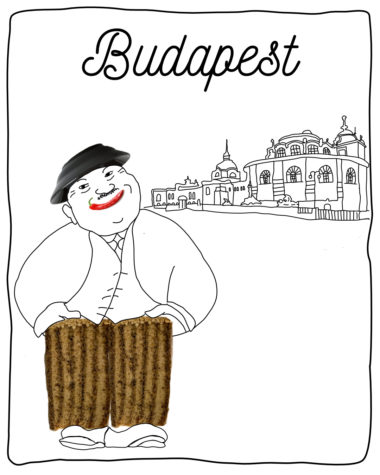Friendly disclaimer! We want to be as accurate as possible, but given these challenging times, we urge you to recheck that the venues are open when you decide to visit.
Budapest is a truly historic European capital, but it also has an innovative, pulsating side to it that makes it versatile. It is a city that epitomises beauty of both natural and man-made environments, creating an immersive experience for the traveller that is pleasant and holistic. Budapest sparkles through its grandiose architecture, age old thermal spas and a diverse, vibrant gastronomy that will only call you to visit the city once more.
The Parliament
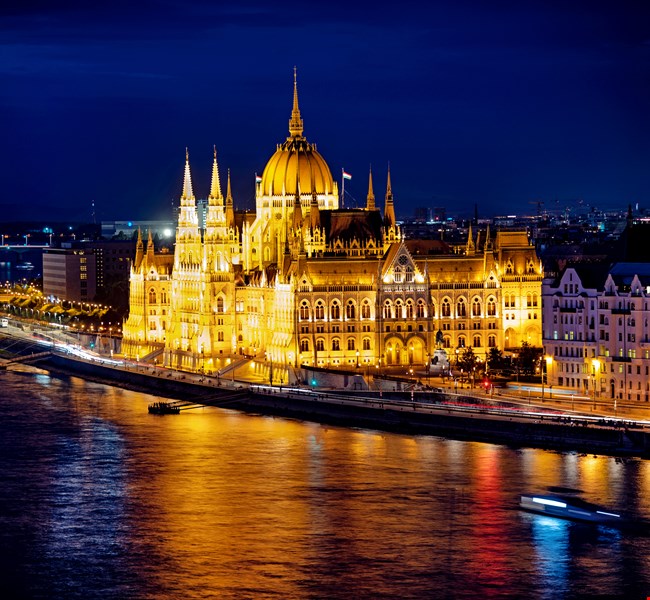
The Parliament is arguably the most prominent landmark of Hungary, also noted as the third largest parliament building in the world. It was designed in Gothic revival style by architect Imre Steindl. It is 96 metres tall, which refers to the year 1896, when extensive constructions were carried out to celebrate the country’s Millenium.
Useful Info:
- Location: Kossuth Lajos tér 1-3
- Website: https://www.parlament.hu/en/web/visitors/home
- Timings: Mon to Sun: 8.00–18.00 (Apr thru Oct), 8.00–16.00 (Nov thru Mar)
- Transport Options: Kossuth Lajos tér / Metro Line M2, Tram Line M2
Buda Castle District
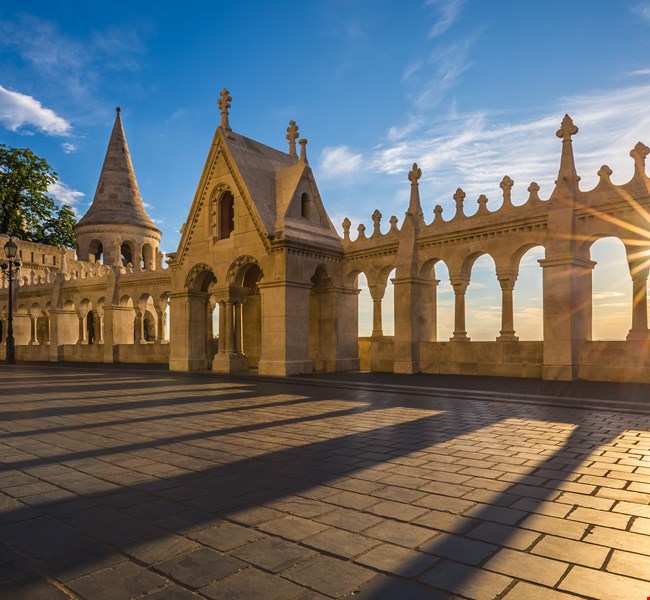
The charming district of the Buda Castle entails the prominent Fisherman Bastion, Matthias Church, several museums, as well as some residential homes. You’ll find the National Gallery here, and a wide range of other museums dedicated to music, military history, pharmacy (housed in the first pharmacy of Buda), and the life of Houdini. Take a romantic stroll under the blossoming trees, watch the change of the guard, and make your way back to the city centre by descending on the most scenic funicular in the world.
Useful Info:
- Location: Szent György tér 2
- Website: www.budacastlebudapest.com
- Timings: See individual sights
St. Stephen’s Basilica
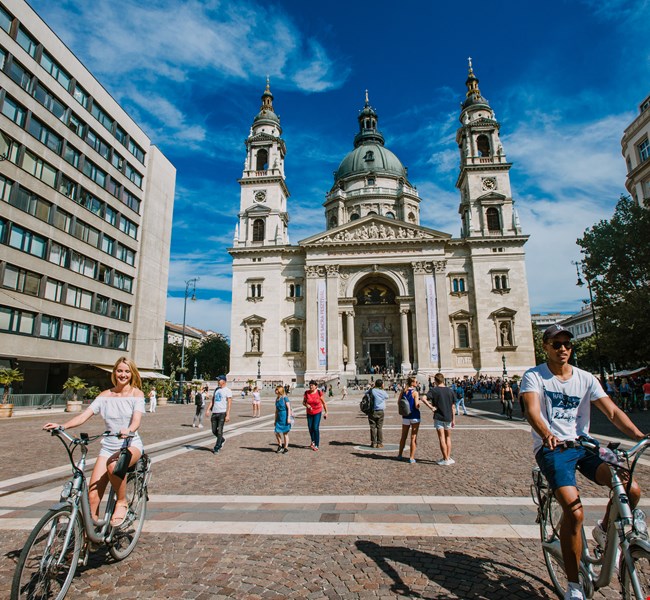
St. Stephen’s Basilica is the largest church in Budapest. It was built in Neo-classicist style and has a capacity of up to 8,500 people. Its most noted relic is the mummified right hand of Stephen I, Hungary’s first king who among others converted Hungarians to Christianity. The adjacent square is home to several markets throughout the year, and is lined by terraces of trendy bars and cafés.
Useful Info:
- Location: Szent István tér 1
- Website: http://en.bazilika.biz/
- Timings: Mon to Sat: 09.00–19.00, Sun: 7.45–19.00
Baths of Budapest
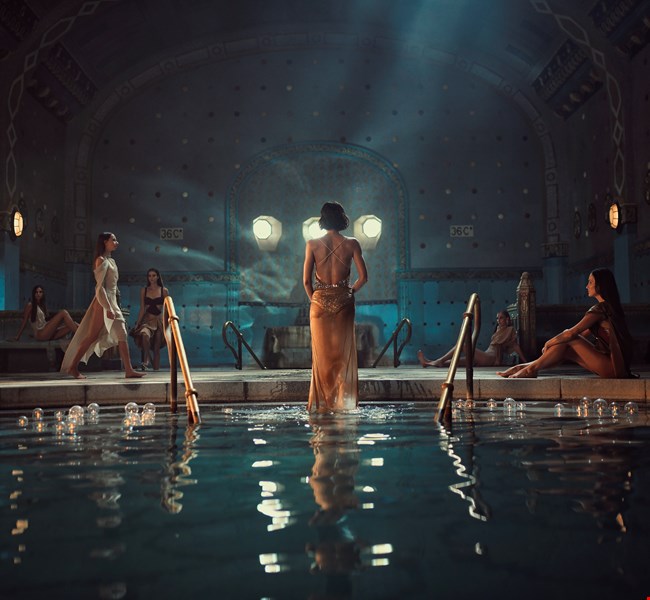
If Hungary is a Land of Waters, then the same distinction applies to Budapest as a city. Even though the country is landlocked, the river Danube is a central element in Hungary’s geography, as is Lake Balaton, a popular holiday spot for many Hungarians and so big it is known as the Hungarian Sea. Not to mention the multitude of springs and wells in Budapest that amaze spa-goers with their relaxing and healing properties.
Water plays a major role in the everyday life of the city, with a wealth of thermal and mineral water veins crisscrossing beneath the surface, feeding into the many baths and spas to be found throughout Budapest, each different from the other, and each worth visiting for a different reason.
Useful Info:
- Website: http://www.spasbudapest.com/
The Great Synagogue
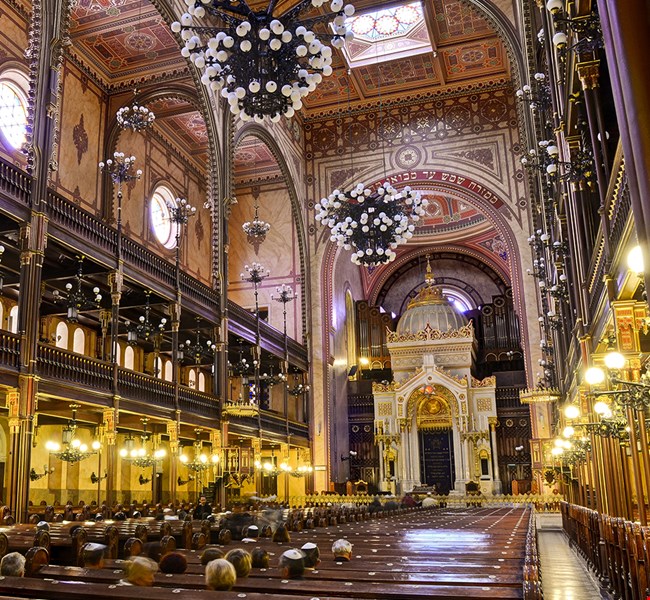
The distinct symbol of the Jewish quarter, the Great Synagogue is also noted as one of the largest in the world, the second only to the one in New York. The visit entails a guided tour with a walk in the building and its surrounding garden, where you’ll also find sculptures of famous Hungarian writers and artists of Jewish origin. There is also a Jewish museum beside the synagogue, not to be confused with the Holocaust Memorial Center further away.
Useful Info:
- Location: Dohány u. 2-8
- Website: www.greatsynagogue.hu
- Timings: Sun to Thu: 10.00–17.00, Fri: 10.00–13.30 (closing times vary by season), Sat: closed
- Holocaust Memorial Centre (Páva street): www.hdke.hu/en
Heroes’ Square
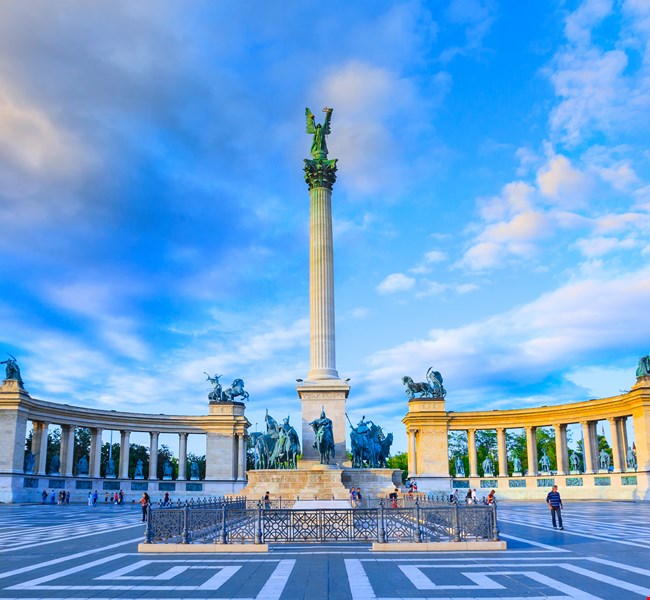
A highly photographable neighbourhood in Budapest, this quarter is home to several landmarks built for the millenial celebrations in 1896. The vast Heroes’ Square is adorned by sculptures of the seven Magyar chieftains, surrounded by the most prominent rulers who followed them in Hungarian history. The Museum of Fine Arts and the Kunsthalle are adjacent to the square, while if you continue your way past the wall of sculptures, you’ll reach City Park with Vajdahunyad castle.
Useful Info:
- Location: Hősök tere
- Website: www.mfab.hu
Széchenyi Baths
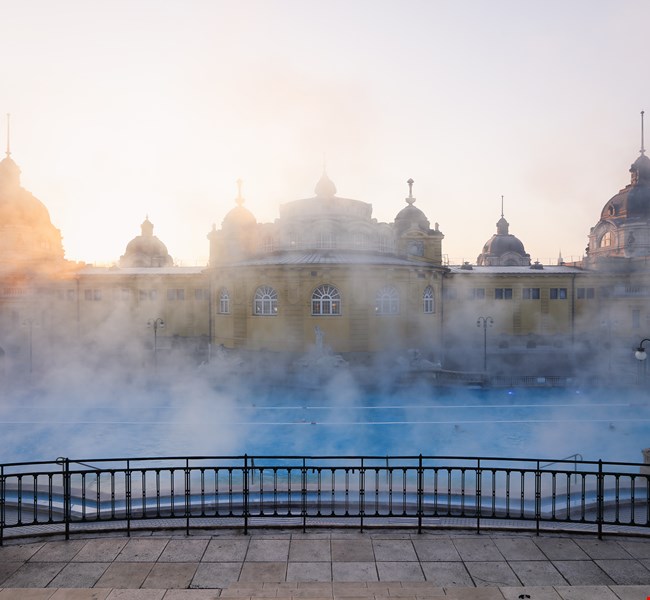
Thanks to the geological features of the Carpathian Basin, Hungary is extremely rich in thermal springs, and the area of Budapest is no exception: the capital stretches across over 100 springs, many of them accessible to the public in beautiful historical buildings. The Szechenyi Baths, built in 1913 in neo-Baroque style, is undoubtedly the most famous of all: Europe’s largest medicinal bath is supplied by a spring of 76C, and it houses 18 pools, 10 saunas, and various events to be enjoyed all year long.
Useful Info:
- Location: Állatkerti körút 11
- Website: www.szechenyispabaths.com
- Timings: 6.00-10.00, varies by season and events.
Shoes on the Danube Bank
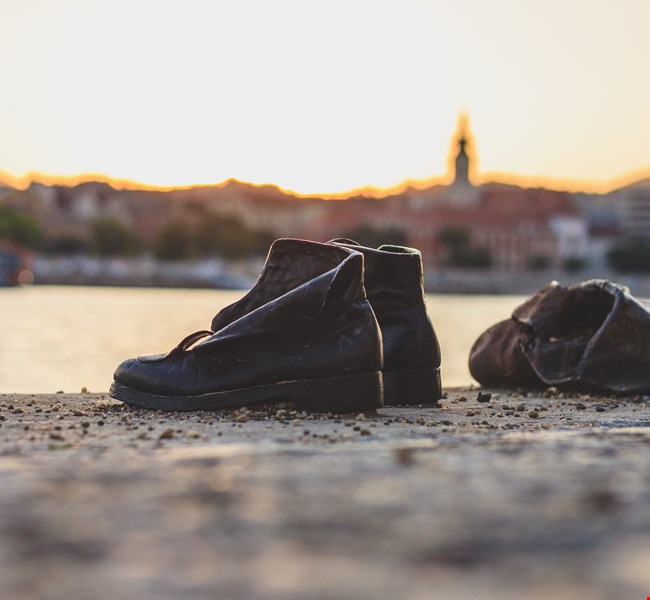
An ironwork memorial by Gyula Pauer consisting of sixty pairs of shoes, commemorating the thousands of Jewish victims who were shot into the Danube during the Arrow Cross movement in 1944-45. With over 800,000 people expelled or killed, the Hungarian Jewish community is regarded as one of the biggest victims in the dark era of Holocaust.
Useful Info:
- Location: Id. Antall József rakpart
City Városliget
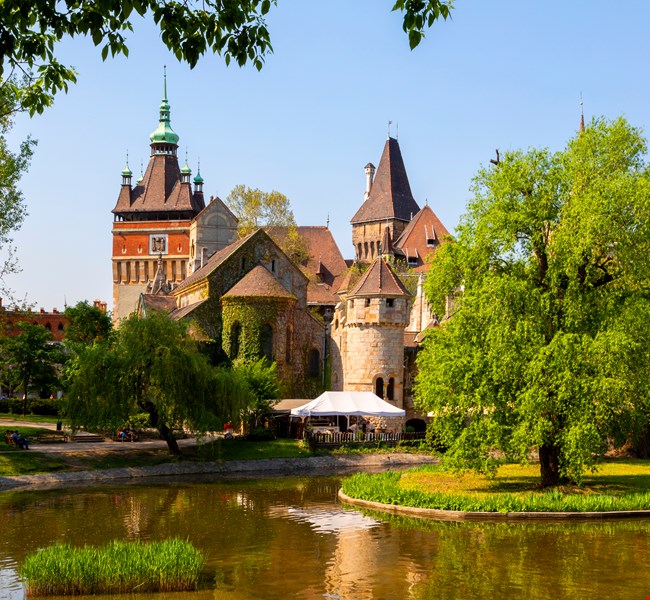
Stretching behind the imposing Heroes’ Square, Városliget is one of the most popular recreational venues in the city. There are plenty of entertainment options in the neighbourhood, including the Széchenyi Baths, Budapest Zoo, Circus, the Vajdahunyad castle housing the Agricultural Museum and various fairs, and a pond that turns into a popular ice rink in the winter season.
Useful Info:
- Website: www.zoobudapest.com/en
Rudas Thermal Baths
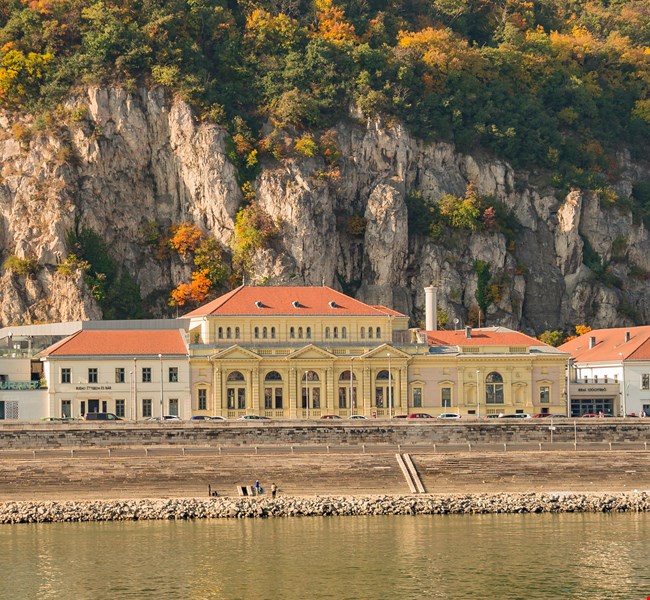
Located by the foot of the scenic Gellért Hill, Rudas is another symbolic bath of Budapest, built in the 16th century under the Ottoman occupation. It features a dim central dome and octagonal baths, surrounded by four pools, each with a different temperature. Plan your visit in advance as there are selected days for male and female visitors.
Useful Info:
- Location: Döbrentei tér 9
- Website: www.rudasbaths.com
- Timings: 6.00-22.00, night bath on Fri and Sat until 4.00
Citadel
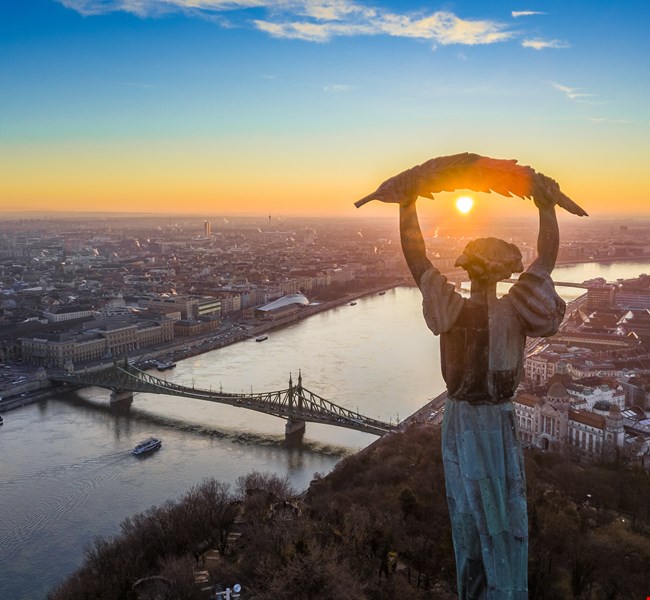
A fortress built under the Austrian empire and used also by fascist and communist forces, Citadel sits atop the 235-metre high Gellért Hill, together with the Liberty Statue, a bronze lady holding a palm leaf and guarding the city since 1947 (hence was originally intended to celebrate the Soviet liberation from the Nazi forces after WWII).
Useful Info:
- Location: Gellérthegy
Gellért Thermal Baths
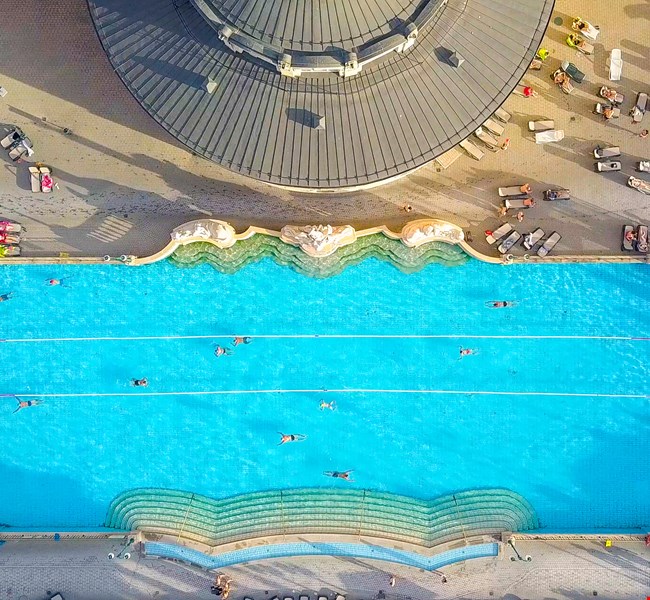
The Gellért Thermal Baths are housed just behind the imposing Art Nouveau Gellért Hotel near the Liberty Bridge in Budapest. There are a range of pools of different temperatures, both inside and out, including the iconic sliding-roofed main pool, the external wave pool, as well as several sauna and steam rooms.
Useful Info:
- Location: Szent Gellért tér 1
- Website: www.gellertbath.hu
- Timings: 6.00-20.00 daily.
Széchenyi Chain Bridge
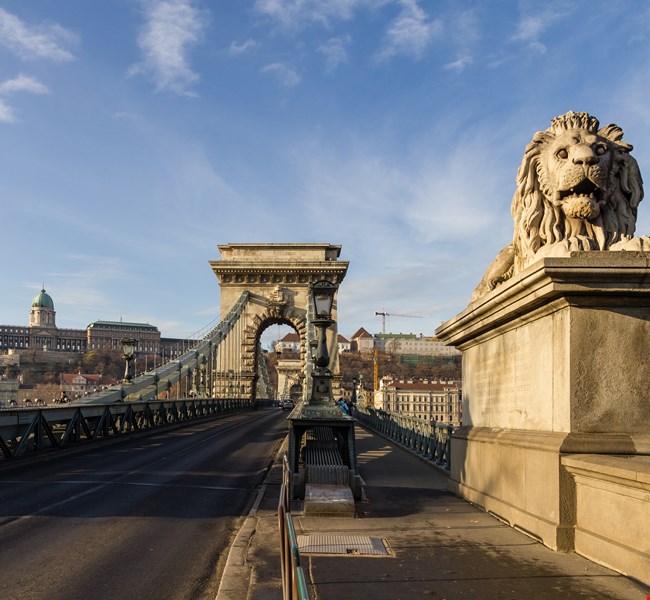
Undoubtedly a signature landmark of Budapest, Lánchíd, which translates to chain bridge, was built in 1839 in a period characterized by economic boom in the city, by Scottish engineer Adam Clark. The construction was largely supported by István Széchenyi, one of the most important politicians of the time. The lions guarding the bridge are also connected to the first suicide that happened here, committed by their architect upon the realization that he had forgotten about the tongues of the animals.
Useful Info:
- Location: Lánchíd
Hungarian National Museum
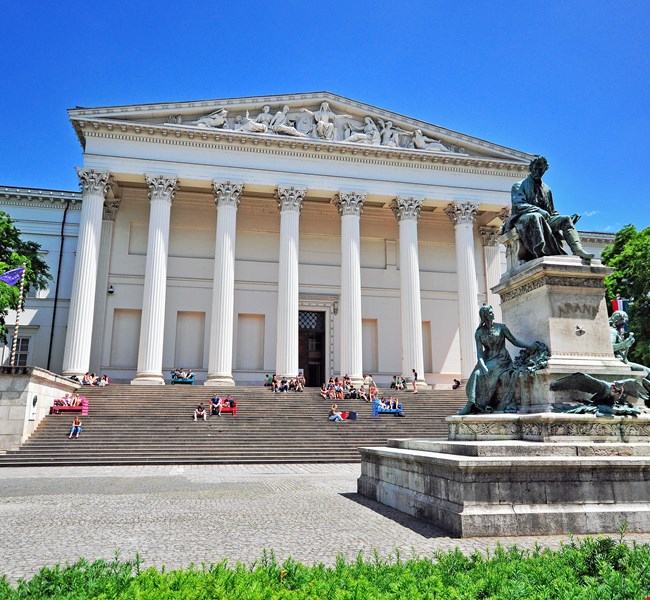
Housed in a beautiful neoclassical building along what is called the small boulevard of Budapest, this museum houses various permanent and temporary exhibitions on the history of Hungary, starting from the Roman period, when the province of Pannonia stretched far beyond than the present borders of the country.
Useful Info:
- Location: Múzeum körút 14-16
- Website: www.mnm.hu/en
- Timings: Tue to Sun: 10.00-18.00.
Hungarian State Opera
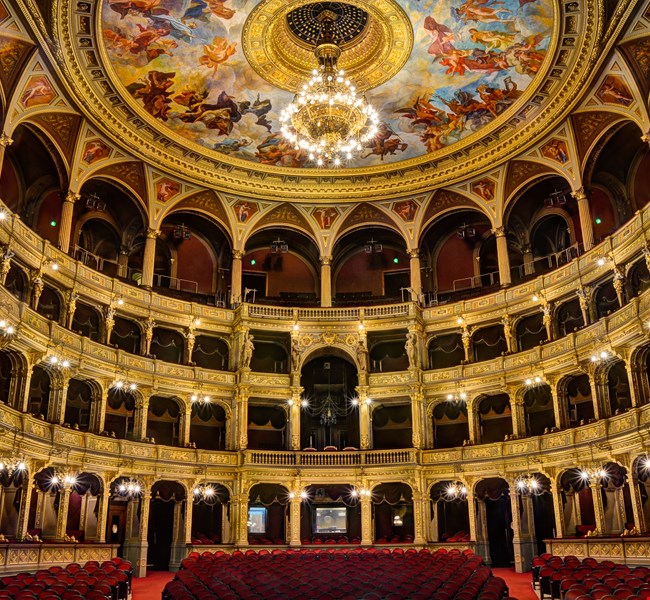
A true gem of the elegant Andrássy avenue, this imposing neo-Renaissance building was built in the late 19th century by the works of Miklós Ybl, the most prominent architect in Hungarian history. The Opera House is not only an architectural masterpiece (featuring among others a sculpture of Ferenc Liszt), but it also enjoys immense popularity for its distinctive opera programme.
Useful Info:
- Location: Andrássy út 22
- Website: www.opera.hu
Margaret Island
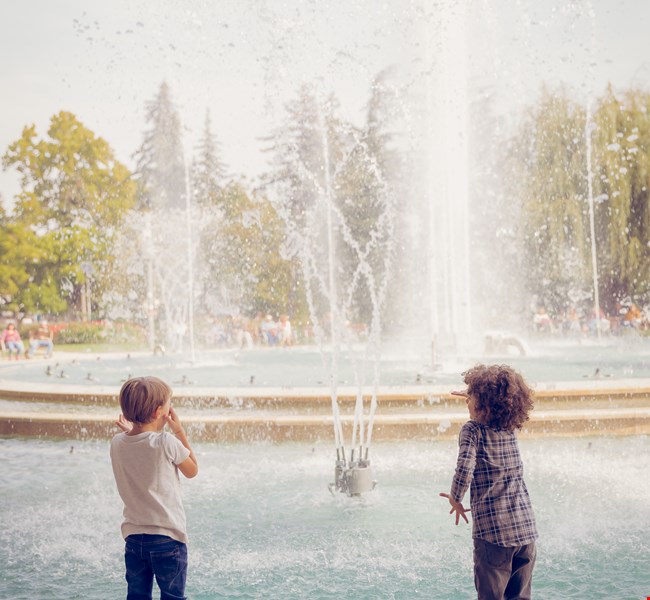
The 2.5-km long Margaret Island between Buda and Pest makes for a perfect venue for a lazy day outside the bustling city centre. It is home to several flowery parks, bars, medieval ruins, a water tower, a running trail, and the beloved Musical Fountain, giving a spectacular show several times a day in the summer season.
Useful Info:
- Location: Margitsziget
- Website: www.margitsziget.info
- Timings: Fountain show from April until October.
Tram Line 2
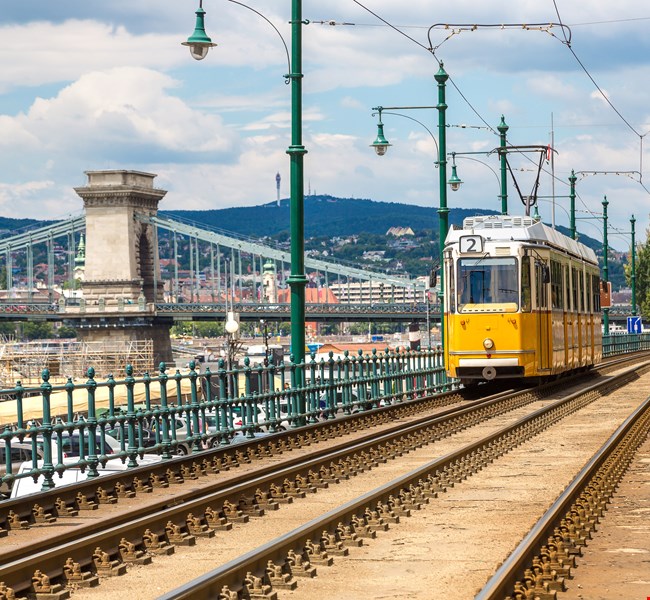
Regarded by the National Geographic among the most scenic tram routes in the world, these yellow trolleys will help you discover Budapest’s most beautiful buildings for the price of a single tram ticket. Make sure you do it at night (as well), to see the splendid city lights illuminating the elegant Buda hillside.
Useful Info:
- Location: between Jászai Mari tér and Közvágóhíd
- Website: www.welovebudapest.com/en/venue/tram-2-2
Erzsébet Lookout Tower
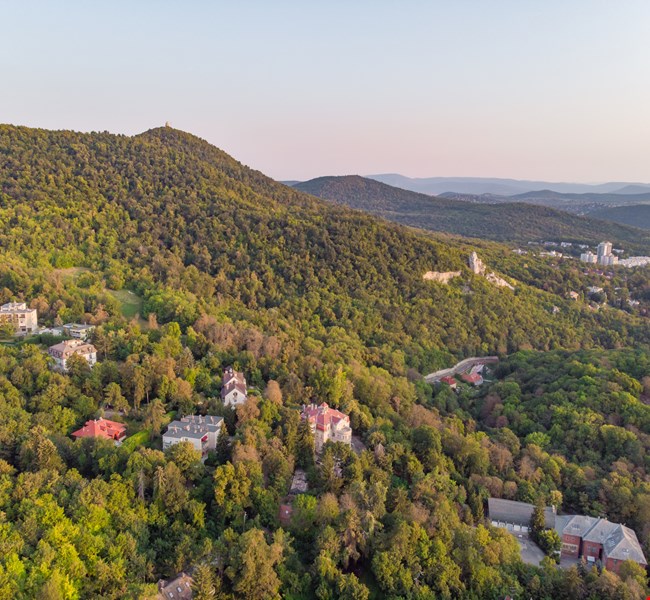
Only 20 minutes by bus, and you’ll find yourself in the midst of unspoiled greenery without even setting foot out of the capital. Start your trip by taking the bus to the Normafa parks, and try the best strudel in the city with scenic views over the Buda hills. From here stretches a short hiking trail all the way up to the lookout tower with cafés, playgrounds, and a funicular where you can also get photographed during the ride. From the top of the lookout tower, you’ll get breathtaking views that at clear times even encompass the peak of the High Tatras.
Useful Info:
- Location: Erzsébet-kilátó
- Website: www.normafapark.hu





